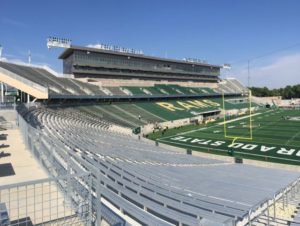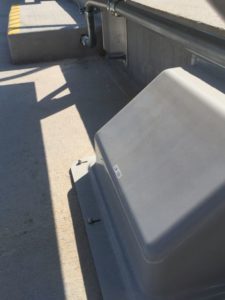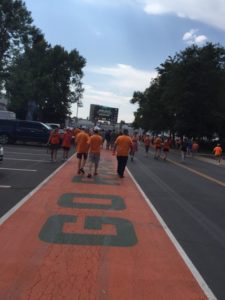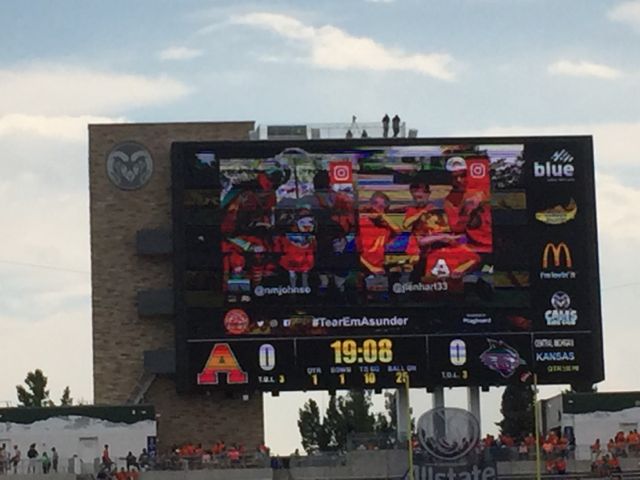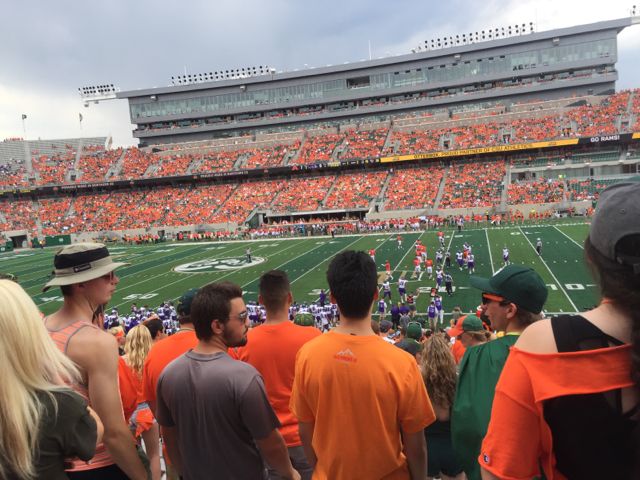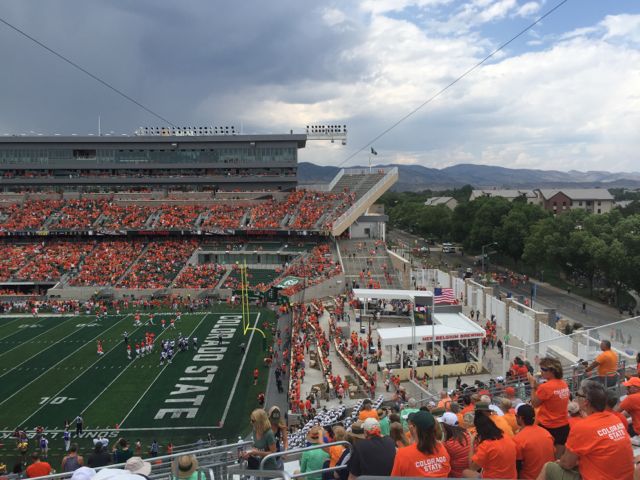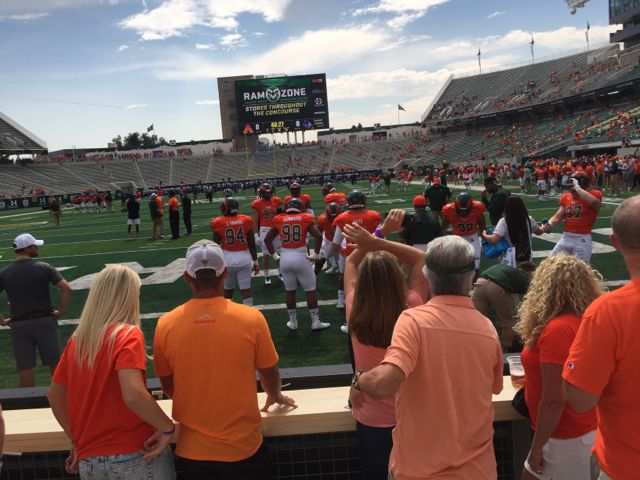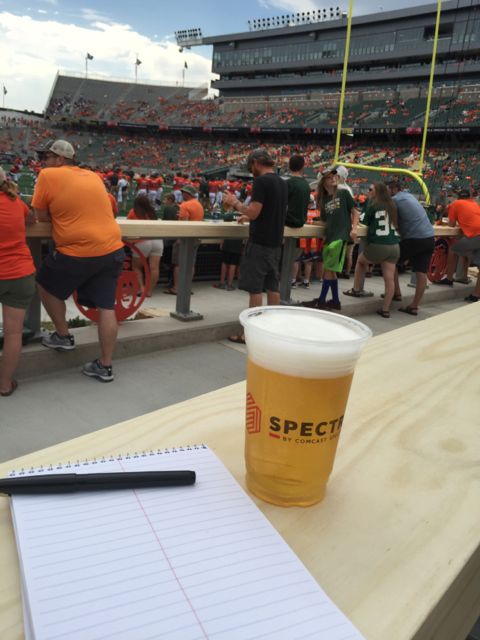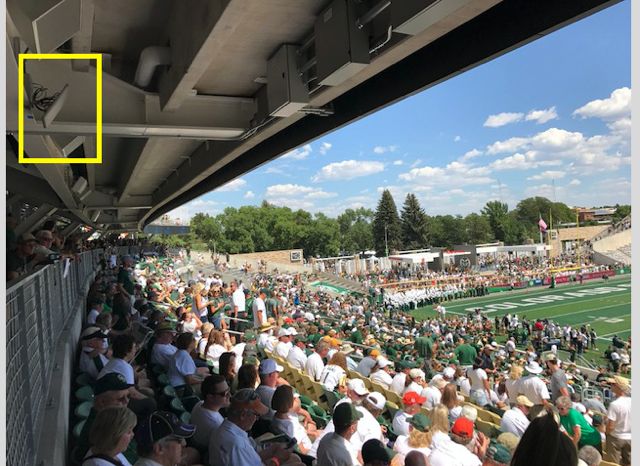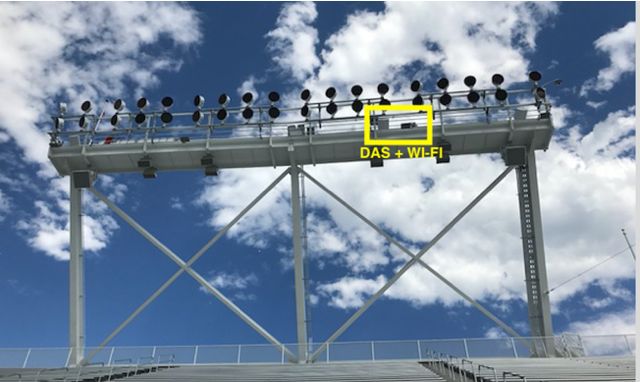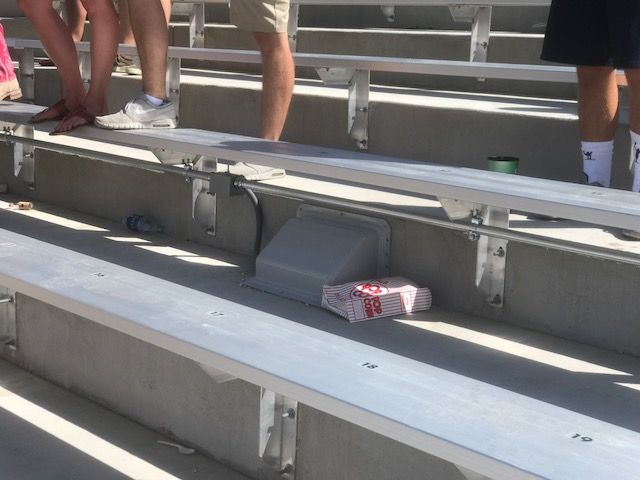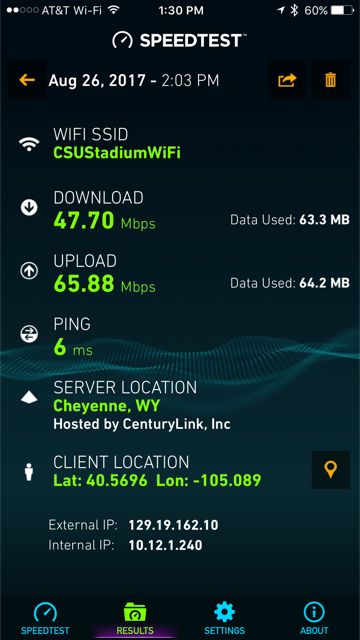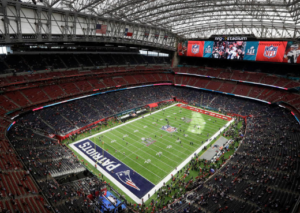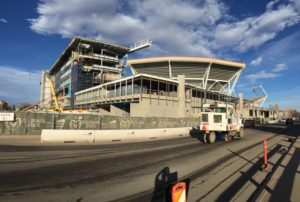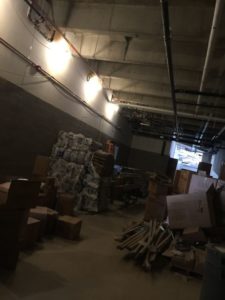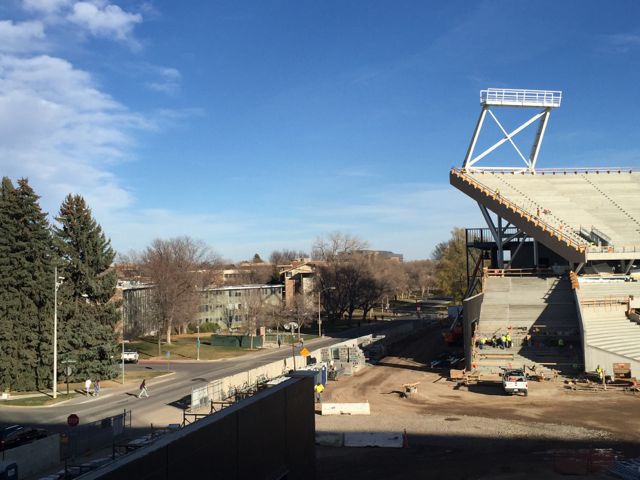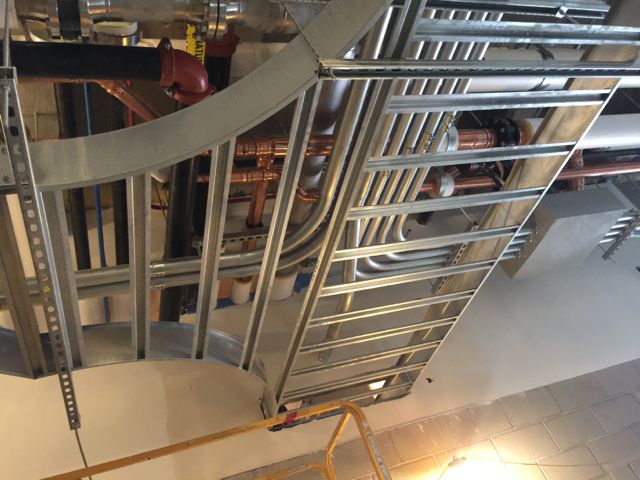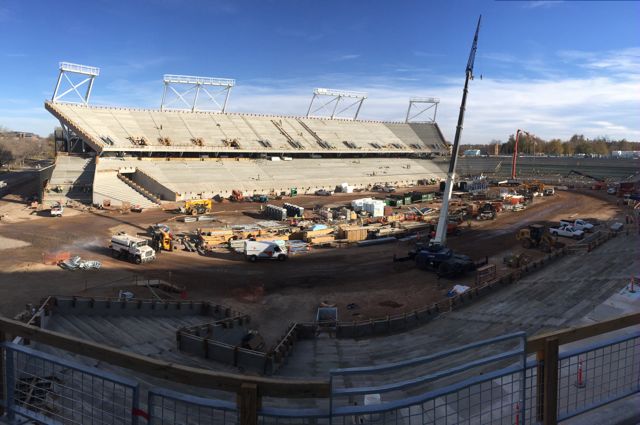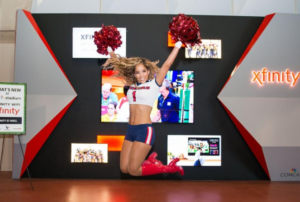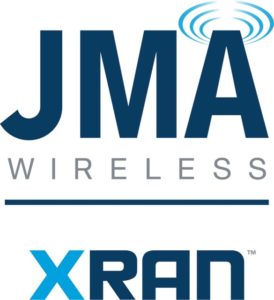 The marketplace for in-building distributed antenna system (DAS) deployments got an interesting jolt Monday with JMA Wireless’s announcement of its new XRAN software platform, which promises to bring the flexibility and cost savings of hardware virtualization to the world of Radio Access Network (RAN) equipment.
The marketplace for in-building distributed antenna system (DAS) deployments got an interesting jolt Monday with JMA Wireless’s announcement of its new XRAN software platform, which promises to bring the flexibility and cost savings of hardware virtualization to the world of Radio Access Network (RAN) equipment.
In a quick nutshell, the idea behind JMA’s XRAN is to use software and off-the-shelf Intel-based servers to replace the dedicated racks of equipment that are traditionally used to carry signals from celluar carrier lines to antenna infrastructure in a DAS. In addition to potential large savings in amounts of equipment needed, cooling and power costs, and sheer space, the XRAN also promises to allow cloud-based sharing and administration of systems, which could allow multiple buildings or a campus to share an integrated system for flexible capacity control.
A stadium with XRAN, in an example provided by JMA, could theoretically share its DAS deployment infrastructure with nearby office buildings, allowing for better use of resources. Though not yet deployed anywhere commercially, JMA also announced Monday that XRAN software is being used by Telecom Italia Mobile in a “live dense urban network application.” The announcements were officially made at the Mobile World Congress show in Barcelona.
Looking to cut costs for enterprise wireless deployments
The XRAN announcement may be of most immediate interest in the stadium wireless marketplace to third-party network operators, who typically build a DAS network for a stadium and rent space on it back to carriers. That model, employed by companies including Boingo, Mobilitie, ExteNet and 5 Bars, has come under pressure lately as carriers have voiced displeasure over having to pay what they sometimes consider exorbitant prices for access. If costs for DAS deployments and operations could be cut, third party operators might be able to offer more attractive rates to ensure carrier participation.
To be sure, virtualized RAN operations (also sometimes known as “C-RAN” for Cloud-based RAN) have been the focus of many companies inside the telecom services space, for the same cost-saving and feature flexibility promises made possible by switching from dedicated hardware to commodity platforms. In the press literature accompanying its announcement, JMA notes that while some “partially virtualized” RAN architecture equipment exists, JMA claims the XRAN platform is the first fully virtual RAN, software “that can process the full protocol stack” from Layer 1 through Layer 3.
If the cost savings and functional flexibility of RAN virtualization follow the curves seen by virtualization in the application world, XRAN or any similar platforms that may follow could also potentially hold interest for commercial real estate owners and operators. With most industry estimates showing that many large commercial buildings like office towers currently lack a comprehensive indoor wireless coverage solution, by eliminating a big chunk of the cost of a DAS — or by allowing campuses or multiple buildings to share the costs — a DAS could become a more attractive option.
“Cost, simplicity, footprint, power, and cooling changes dramatically with XRAN,” said Todd Landry, corporate vice president of product and market strategy at JMA Wireless, in a prepared statement. “XRAN is designed from its inception to close the gap between rapidly growing in-building mobile connectivity demands and today’s complex, proprietary hardware solutions unable to evolve and adapt for multi-operator services.”
More as we hear more from what is sure to be a talked-about subject in the big-building wireless world!
